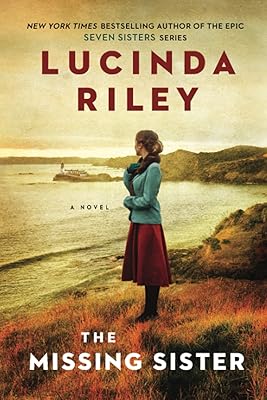4 Stars
I’ve read a couple of excellent novels set in the midst of The Troubles in Northern Ireland (Milkman by Anna Burns and Cal by Bernard MacLaverty). Trespasses is another title to add to that list. It certainly deserves a place on literary awards lists.
Twenty-four-year-old Cushla Lavery lives with her alcoholic mother in a small “mixed” town near Belfast. During the day, she teaches in a Catholic primary school; in the evening, she helps her brother in the family pub. There she meets Michael Agnew, a barrister who, though Protestant, defends young Catholic men who have been arrested. Despite his being older and married, the immediate attraction between them leads to an affair. At the same time, Cushla takes 7-year-old Davy McGeown, one of her students, under her wing. Born to a Catholic father and a Protestant mother, he is bullied and then the family situation becomes dire when the father is savagely beaten. Her relationship and her attempts to help the McGeowns have terrible repercussions because of the sectarian conflict.
The novel shows the brutal reality of life during The Troubles. Sectarian hate and violence impact daily life. There are barricaded streets, interrogations and searches at checkpoints, aggressive soldiers, beatings, bombings, and revenge killings. People must be extra vigilant as they go about their activities. No one is immune from the corrosive effects of constant violence: “Booby trap. Incendiary device. Gelignite. Nitroglycerine. Petrol bomb. Rubber bullets. Saracen. Internment. The Special Powers Act. Vanguard. The vocabulary of a seven-year-old child now.”
Michael’s appeal to Cushla is understandable. Besides handsome and charming, he is successful, well-to-do, and sophisticated. He introduces her to a different world, outside her normal life of taking care of her mother who often embarrasses her with her outrageous behaviour. Michael and Cushla talk about books and music and go to the theatre and elegant restaurants. Of course the affair threatens Cushla’s world as well; should people become aware of her relationship with Michael, especially because he is a Protestant, she could lose her job: “A teacher Cushla trained with had been sacked without a reference after someone wrote anonymously to the bishop that she was living in sin with her boyfriend.”
Cushla is a sympathetic character. She feels trapped and yearns for a better life: “Her gut burned with want. That she might get away from her family, her mother.” Her kindness shines through. In her job, she is always concerned about the welfare of the pupils in her care; she even tries to protect them from the hate-filled lectures of the priest when he comes to visit her classroom. Her efforts to help the McGeown family are well-intentioned though not always prudent. Her mother tries her patience, but nonetheless she looks after her as best as she can. Of course, Cushla is not a perfect person. To ease her guilt about the affair, she avoids thinking about Michael’s wife and when she does think about her, she admits to picturing “A wizen wee hag, or some rough-looking ould doll who needed her roots done.”
There is tension throughout the book. The reader knows that the affair will not end well. Given the political and religious situation, an explosion of some sort is inevitable. The crossing of invisible lines in a fractured community means there will be tragedy. Michael tells Cushla, “It’s not about what you do here . . . It’s about what you are.” Unfortunately, he’s wrong. People suffer because of the group to which they belong and because of what they do, even when they act out of the best of intentions.
This is a definite must-read to understand the inescapable impact of sectarian hatred on the lives of ordinary people.








